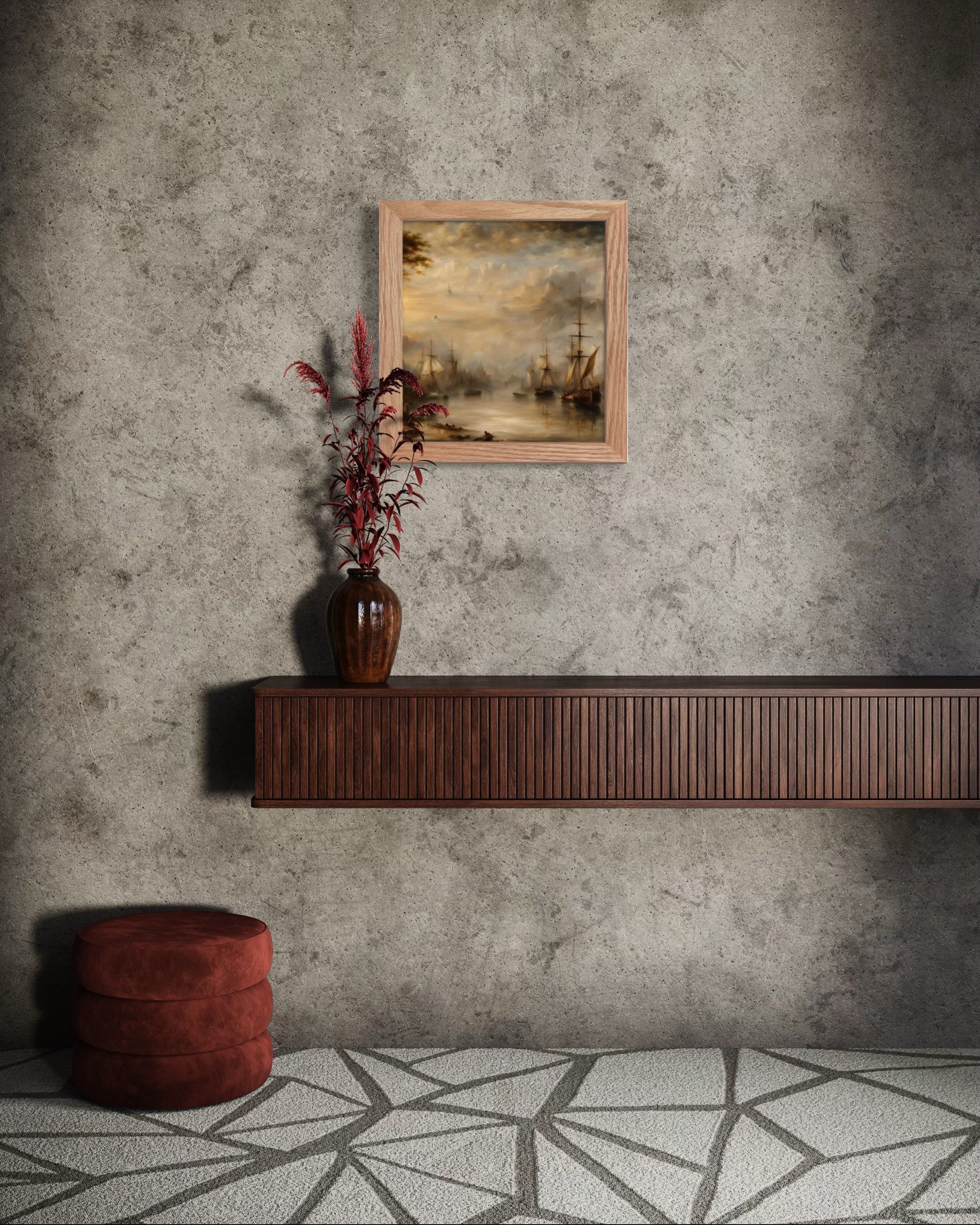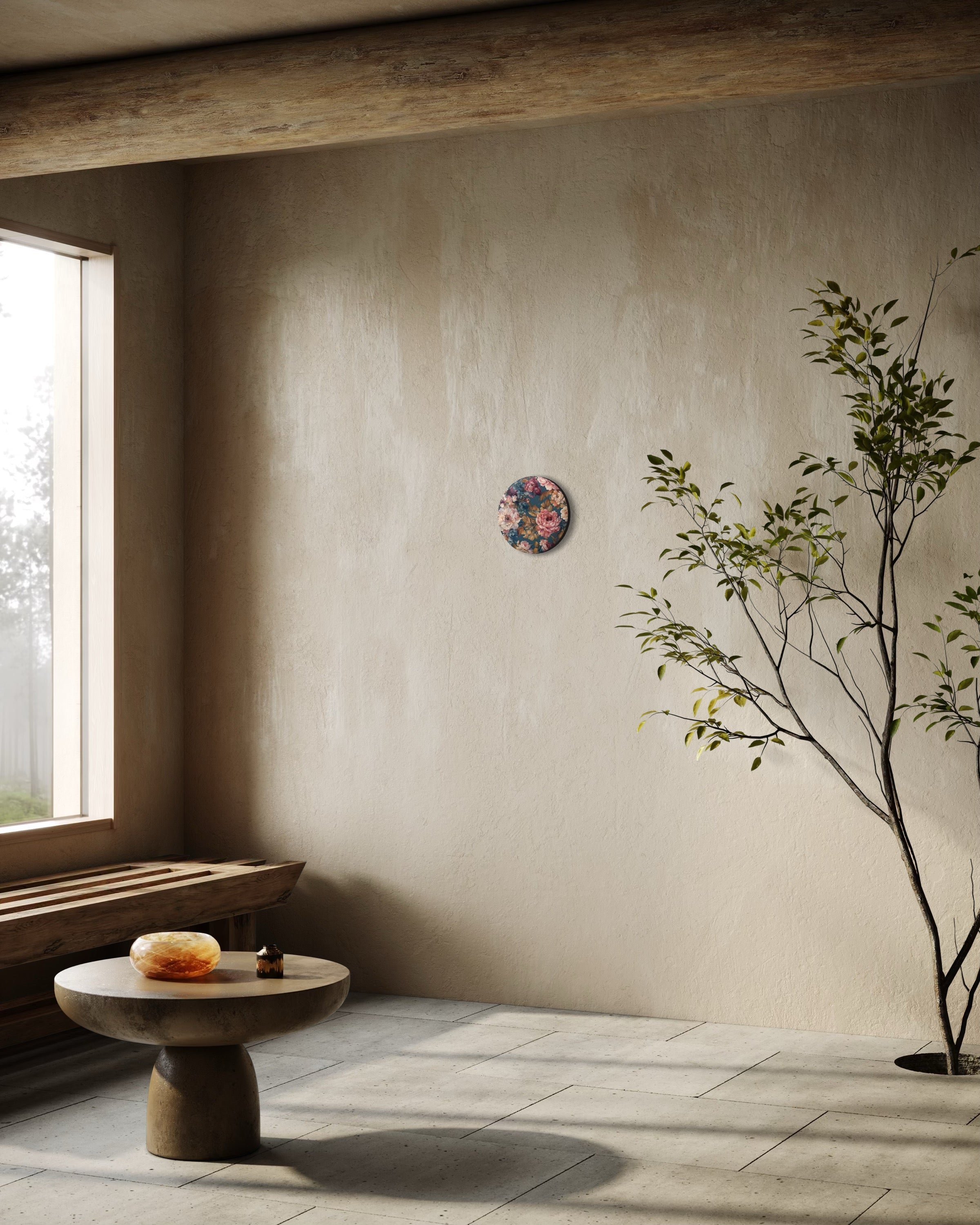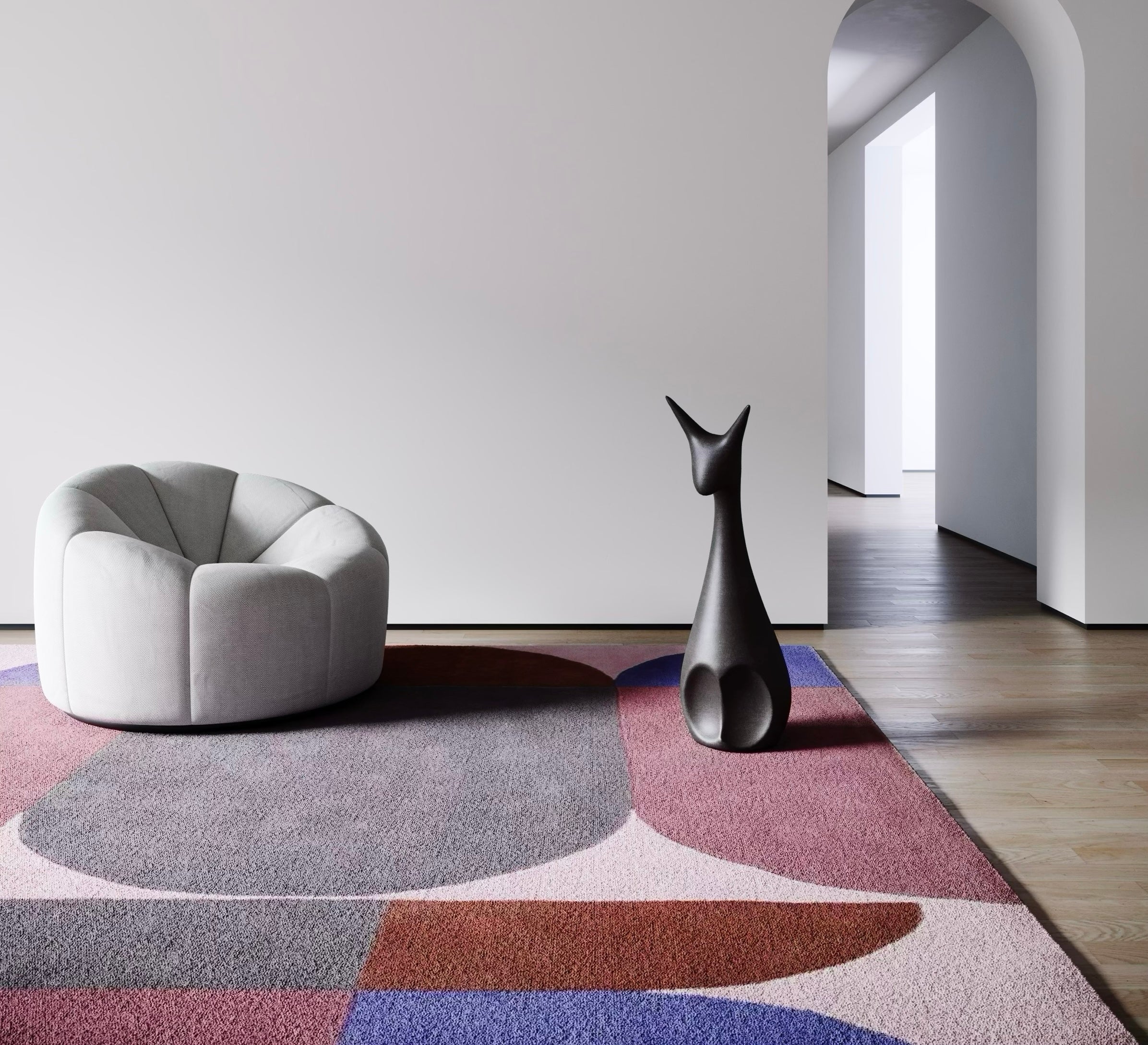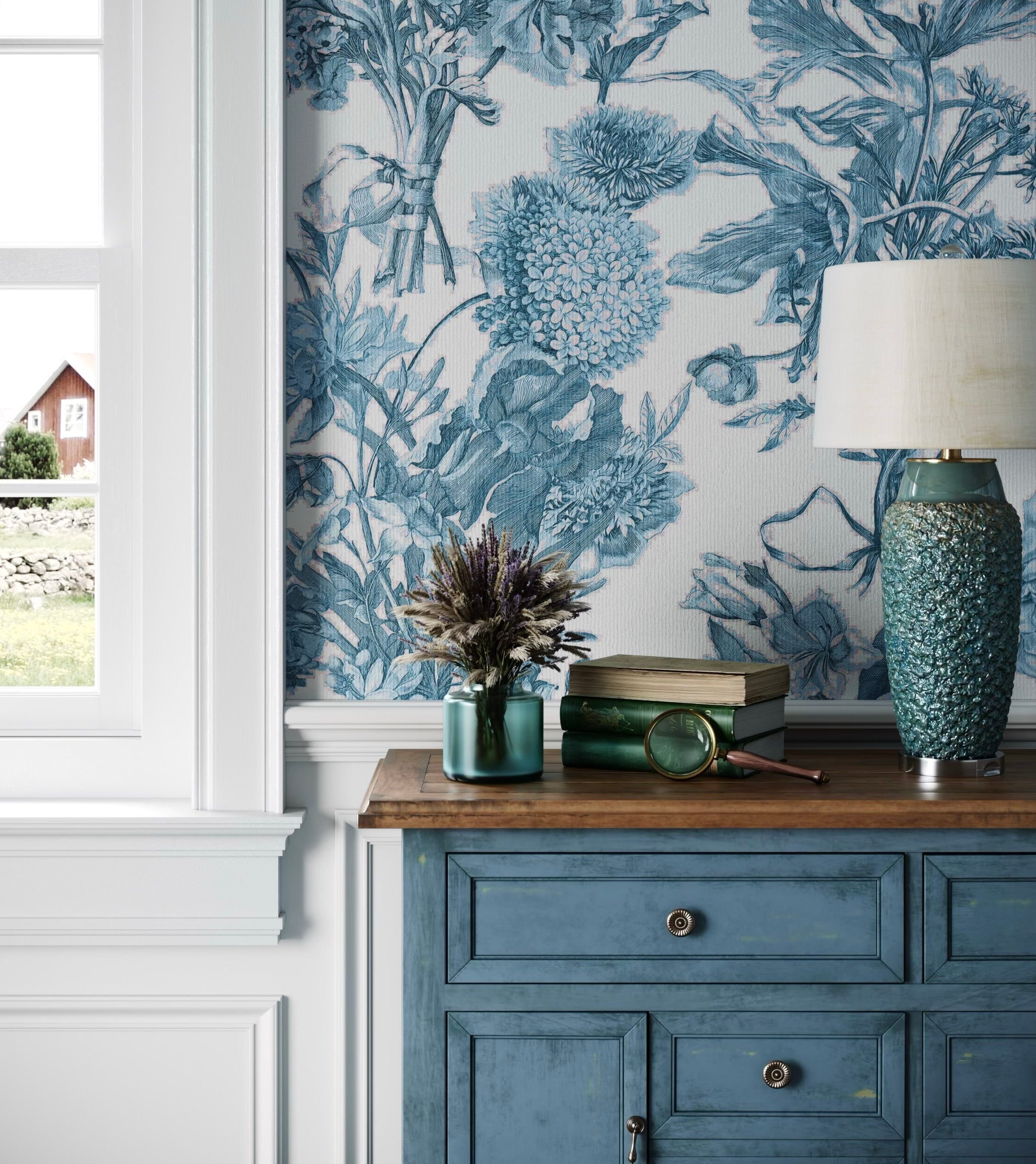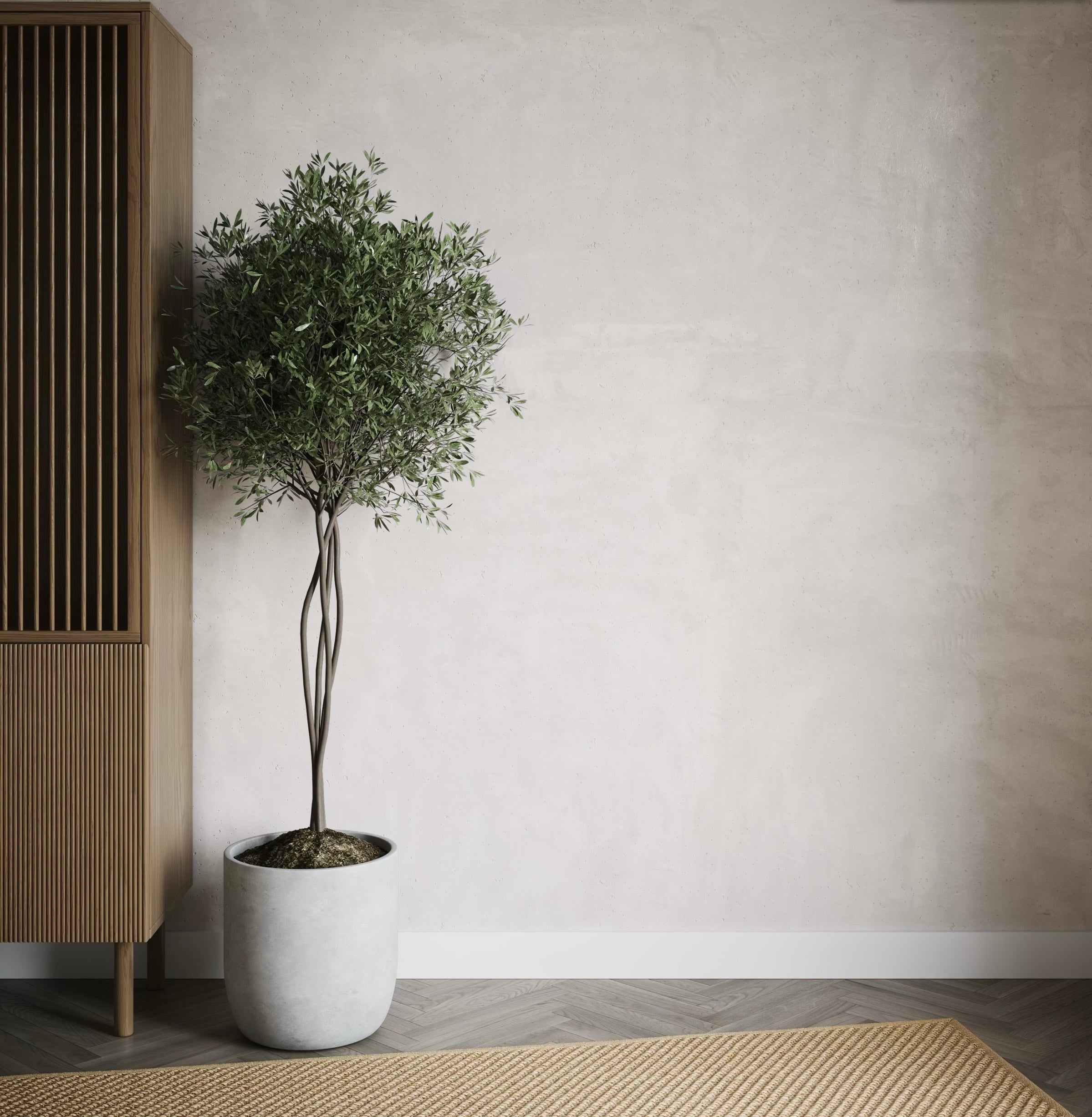
Creating Calm: How to Style a Living Room in Japandi Aesthetic
This piece is an in-depth guide on creating a Japandi-inspired living room, harmoniously blending the elements of Japanese and Scandinavian design.
Japandi brings the fusion of Japanese and Scandinavian styles that has been popular in the increases of design trends for years to talk about minimalism, functionality, and serenity. It does the synthesis of the warmth and cosiness of Scandinavian design and the elegance and simplicity of Japanese interiors. This directly translates into styling a living room that is not just chic but is serene, just what one would need to calm the soul while seeking tranquillity in their home.
Understanding Japandi: The Philosophy Behind the Aesthetic
Japandi is not just a design style; it's a philosophy that traces its roots to two cultures that revel in simplicity, functionality, and a strong connection to nature. Japanese 'Wabi-Sabi' looks at beauty in imperfection, and Scandinavian 'Hygge' praises comfort and coziness. These philosophies combine in a blend that radiates warmth, invites you in, and is effortlessly stylish.
"The objective of cleaning is not just to clean your room," as the famous Japanese organizing consultant Marie Kondo aptly put in her book "The Life-Changing Magic of Tidying Up", "but to feel happiness living within that environment." The concept beautifully aligns with the very idea of Japandi design, where each element in the room contributes to a sense of being and finds its use.
Why Should You Choose Japandi for Your Living Room?
Now, let's delve into the details as to why Japandi will be great for your living room.
A Calming Retreat: Considering today's fast-paced and busy life, our homes should be the most calming place for a person in order to relax. Japandi design helps to create an environment where you can relax and forget all your daily worries.
Aesthetic Timelessness: The Japanese-Scandinavian design mix is aesthetically timeless, creating a design that will not walk out of trend over the years, hence leaving your living room staying fresh and current.
Sustainability: The Japanese and Scandinavian cultures are based on sustainability, natural materials, and quality more than quantity. Having a Japandi interior will mean taking on a more eco-friendly way of designing interiors.
It's all about bringing simplicity and functionality together to make your living room beautifully, practically, and comfortably nice.
Colour Palette: Earthy Tones and Soft Pastels
At the heart of the Japandi design lies the very base of a colour palette in which colours are of the essence to bring a feeling of serenity.
Start with a neutral base of whites, beiges, and greys.
These colours create a very serene backdrop, which can help bring attention to some other things in a room. Scandinavian design is often big on light and airy spaces, and a neutral base will really help you out. Paint the walls a soft white or very light grey to make them seem open and airy. You can use the same neutral colour for most of the larger pieces of furniture, such as sofas and rugs.
Introduce earthy tones, like soft browns, muted greens, and warm terracotta.
The tones immediately bring depth and warmth into the space, capturing the spirit of a Japanese nature lover. Add a muted green armchair or warm terracotta vases to put this passion directly in.
Accents are best when they are subtle yet supportive of the neutral base.
Consider adding black as an accent colour to balance the space—a modern touch of decoration. Black could be added through picture frames, sleek light fixtures, or small decorative items, such as a tray or vase.
Furniture: Simple, Functional, and Elegant
Japandi-style living rooms should be furnished with minimal, functional, and quality furniture. Each item should have a purpose and work on harmony in the space.
Look into low-profile furniture with no-fuss lines, such as a Japanese-style futon sofa and Scandinavian wooden coffee table. Opt for a low, simplistic sofa with neutral upholstery and straight lines. Combine it with a simple, minimalist wooden coffee table.
Choose furniture that is made from natural materials such as wood, bamboo, and rattan.
The materials add texture and warmth to a space, which supports the Japandi paradigm on introducing these elements. Look for furniture pieces with oaken or walnut wood allure, and you can consider adding a rattan chair or bamboo side table for even more texture.
While Japandi design is indeed minimalistic, comfort should never be sacrificed.
Drape a plush wool or sheepskin throw across the back of your sofa and keep all your cushions cushy, with gentle, natural fabrics in muted tones.
Décor: Intentional and Minimalistic
Décor in a Japandi living room should be minimalist with intention. The point is always to create a space that appears curated and not cluttered.
Select pieces of art and accessories which are reminiscent of the natural world: landscapes or vases, bonsais, terrarium, etc.
Make a limited number or scale of the ubiquitous powerful pieces rather than a large or jumbled arrangement of small items. A single, dominant print or a few really key ceramics can have a huge impact.
Introduce natural textiles in linen, cotton, and wool, in their natural hues.
These add warmth and texture to the room without overpowering the space. Put a throw made of linen on your sofa arm or put a handwoven jute rug under your coffee table for a layer of comfort.
Clean functional lighting should be preferred. The minimalism of the space could be warmed a bit with paper lanterns or cool, Scandinavian-inspired floor lamps. Softly, warm glowing lights; the space can lean toward a bit of Japanese tradition, subtly incorporated with a paper lantern, and on another note, very minimalist with a floor lamp of Scandinavian modernity.
Add in the outside by bringing a few well-selected plants inside.
Bamboo, bonsai and succulents are all suitable in a Japandi living room. Place a bonsai on a side table or use bamboo as a tall, graceful accent in a corner. Just be sure to keep your plants groomed so that the space will continue to look its best.
Bringing It All Together: The Final Touches
Now that the colour scheme, furniture, and wall décor have been set, the time arrives to bring all the pieces together. To have a truly successful Japandi living room, you need to get the balance just right. Each of these elements works in unison with others, bringing out one cohesive and serene space.
Begin by arranging the furniture to increase flow and openness.
Fill the room, but ensure it is not overcrowded, leaving plenty of space to manoeuvre. Keep your sofa against the wall to open the room up significantly. Use a large-size rug for your sitting area. The paths must remain free and uncluttered.
Put less and less while setting up your décor.
It really makes a big difference when there's not that much in the way, as opposed to having too much in the view. Create odd-numbered groups for more beauty in the setting, and leave ample negative space to give each piece its own admiration.
Step back and assess the space. If something doesn't seem quite right, chances are it isn't. Make the adjustments that need to be. If everything seems a little too stark, throw in a soft throw or a textured rug. If it comes off a bit too busy, work its look down a few items.
A few final words: Embrace the Serenity of Japandi
Japandi-style living rooms combine Japanese and Scandinavian design in a perfect way. It is all about simplicity, functionality, and natural elements that evoke not just aesthetic pleasure but a feeling of comfort. As Marie Kondo advises, "The best way to find out what we really need is to get rid of what we don't." In a Japandi living room, every single piece must possess the power to evoke happiness and a feeling of peace.
Entailing a well-chosen colour palette for furniture and décor, these guidelines will give you just the tips on how to ensure this blend of Wabi-Sabi and Hygge will see your living room turned into a serene space. Your Japandi living room will be calm and cosy, just the perfect space to retreat to from a busy world—be it time to relax with a good book, company with friends, or a quiet one.
